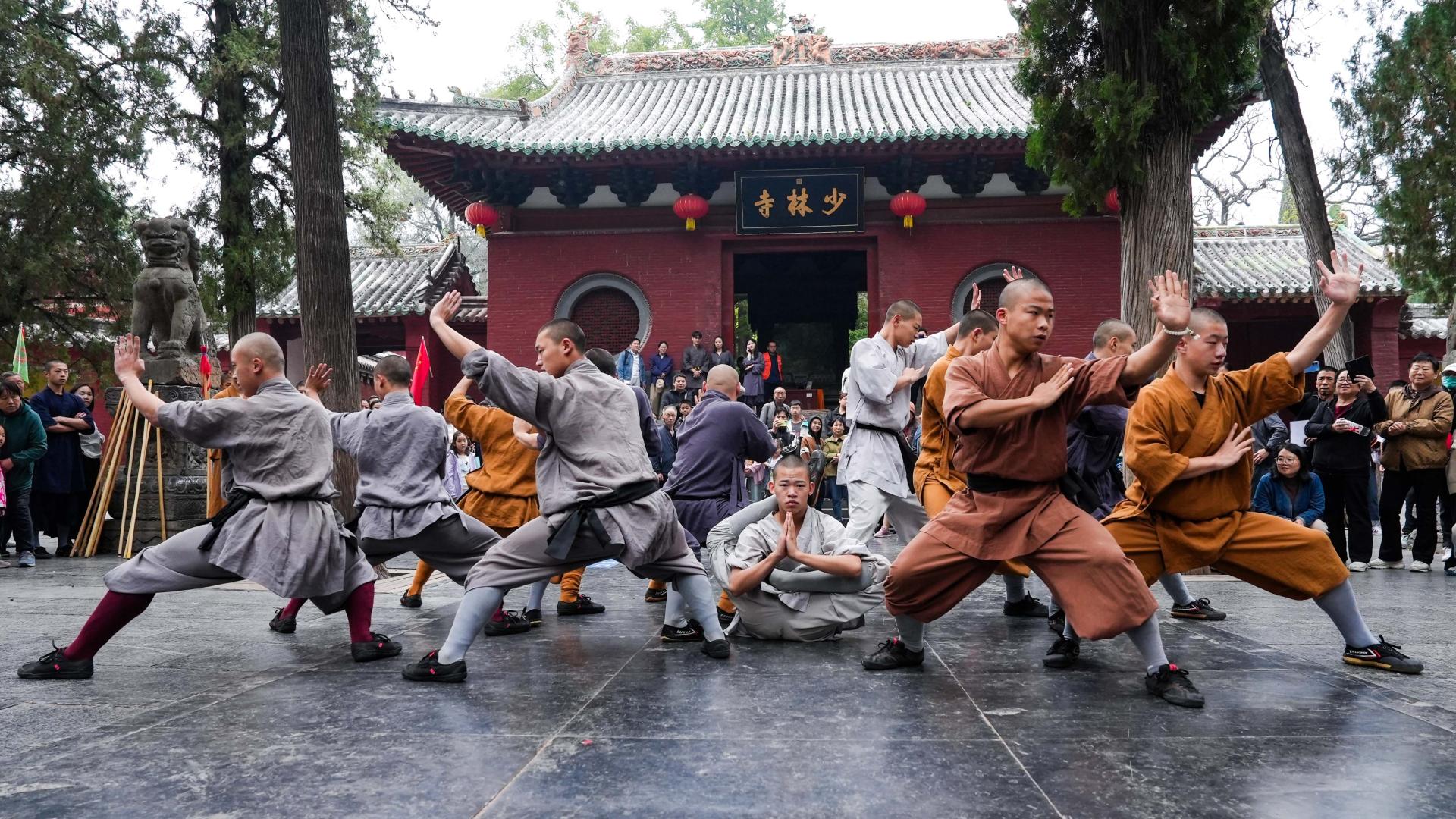Shaolin Monks Display Incredible Flexibility in Soft Kung Fu Demonstration
Shaolin kung fu's signature soft style showcases extreme flexibility and fluid power through supple bones and muscles.

A mesmerizing display of physical mastery and spiritual discipline unfolded at the historic Shaolin Temple in China’s Henan Province, as monks showcased the rare and revered practice of Shaolin soft kung fu. Recognized as a signature discipline within the broader Shaolin martial arts system, soft kung fu is characterized by its emphasis on extreme flexibility, graceful movements, and astonishing control over the body.
Shaolin monks, renowned worldwide for their dedication to both martial prowess and Buddhist principles, demonstrated how supple bones and muscles can be honed through years of rigorous training. Spectators watched as the practitioners executed fluid routines, bending their joints in ways that seemed to defy human anatomy. Some slipped their entire bodies through impossibly narrow rings, while others contorted into positions that left the audience in awe, highlighting the legendary adaptability for which Shaolin kung fu is known.
Beyond the breathtaking performances, the discipline carries deep philosophical meaning rooted in the Shaolin tradition. Soft kung fu does not focus solely on overt displays of strength; rather, it teaches the practitioner to harness internal energy, or “qi,” channeling it through every movement with precision. This union of mind and body exemplifies one of the central insights of Shaolin philosophy: that true power often lies in gentleness, resilience, and inner harmony.
The continued practice and public demonstration of soft kung fu by the monks serve not only to preserve an ancient art form but also to inspire new generations. As interest in traditional Chinese martial arts grows globally, the Shaolin Temple remains a major cultural beacon, illustrating the profound connections between physical training, spiritual discipline, and cultural heritage.




